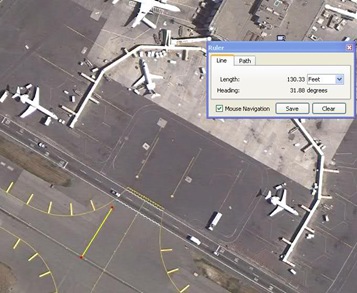Hat tip to Devesh Agarwal and his Bangalore Aviation blog for finding and posting a link to a file that will allow you to build your own Airbus A320neo with paper. You can download the A4 version here along with more Airbus paper cutout goodies here.

